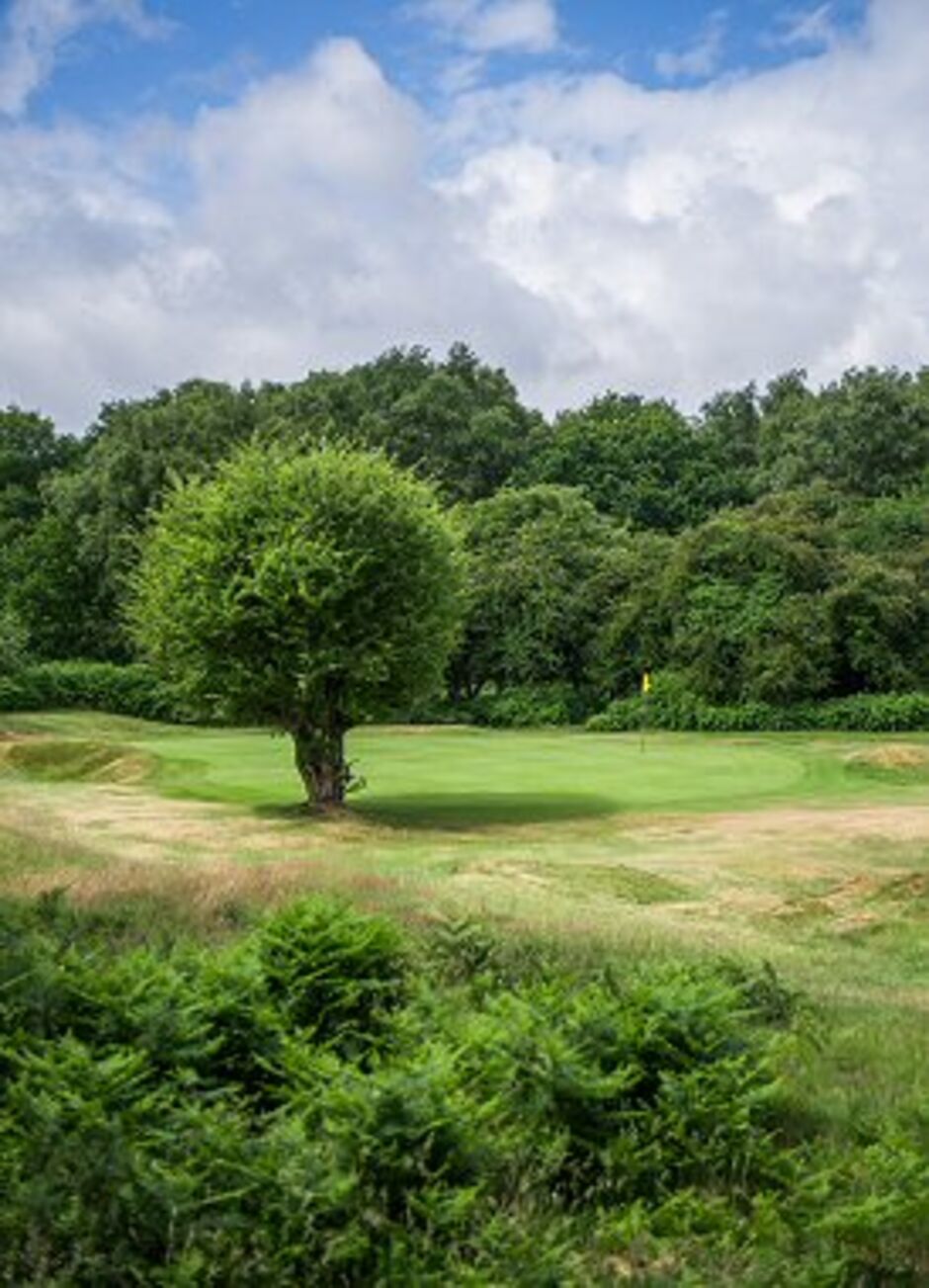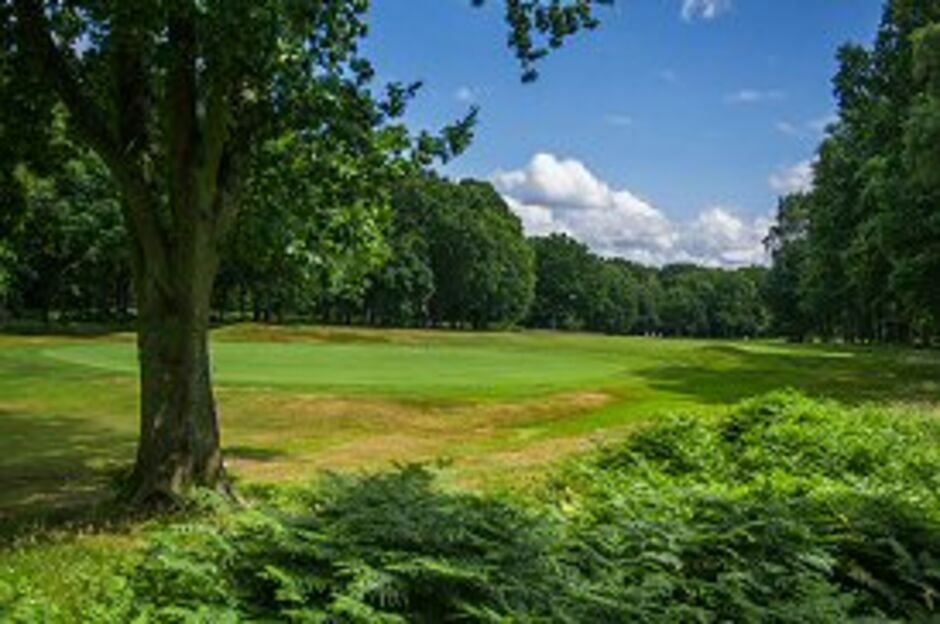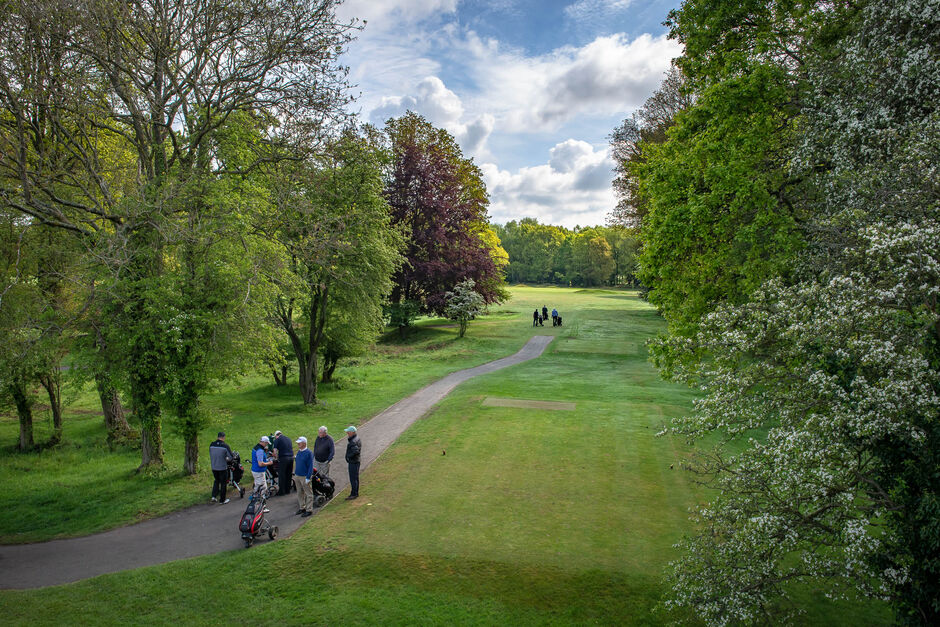One of Hertfordshire's Oldest Clubs



A small band of pioneer golfers, led by the first headmaster of Berkhamsted Junior School, began to knock balls about over Berkhamsted Common in the 1880's. The enthusiasm of those trailblazers led to them founding Berkhamsted Golf Club in 1890 and advised by former Open Champion, Willie Park Jnr, laying out a nine-hole course.
Harry Colt, the celebrated golf course designer, was instrumental in its expansion to 18-holes but today's lay-out is very much the handiwork of James Braid.
Braid, another renowned golf course architect and five times Open champion, was commissioned in 1926 to make a few tweaks reminiscent of his designs of the King's and Queen's courses at Gleneagles. He redesigned seven holes and apart from some being extended to combat modern day equipment, the lay-out is the same as when Lady Elizabeth Bowes-Lyon, the mother of Queen Elizabeth II, played regularly.
Members of the golfing aristocracy including Open champions Ted Ray, Harry Vardon and Sandy Herd, were also frequent visitors to a course that, set in the Chilterns, presents an almost unique challenge.
Aside from Grim's Dyke, a Bronze Age earthwork that comes into play on six holes, the only evidence of man's influence can be found near the seventeenth green. There, through the trees, lie trenches dug to train rookie soldiers before they headed for the Western Front in World War I.
The club's income halved during that conflict and more difficulties followed in World War II when the Ministry of Defence commandeered the clubhouse, course and large areas of the common.
The end of the war in 1946 coincided with the appointment as captain of Harold Rance, a member who was to play a key role in the club becoming known worldwide and thriving. Rance, winner of 50 of the club's major competitions, was the driving force behind the Berkhamsted Trophy, the tournament that has become a world ranking amateur event.





